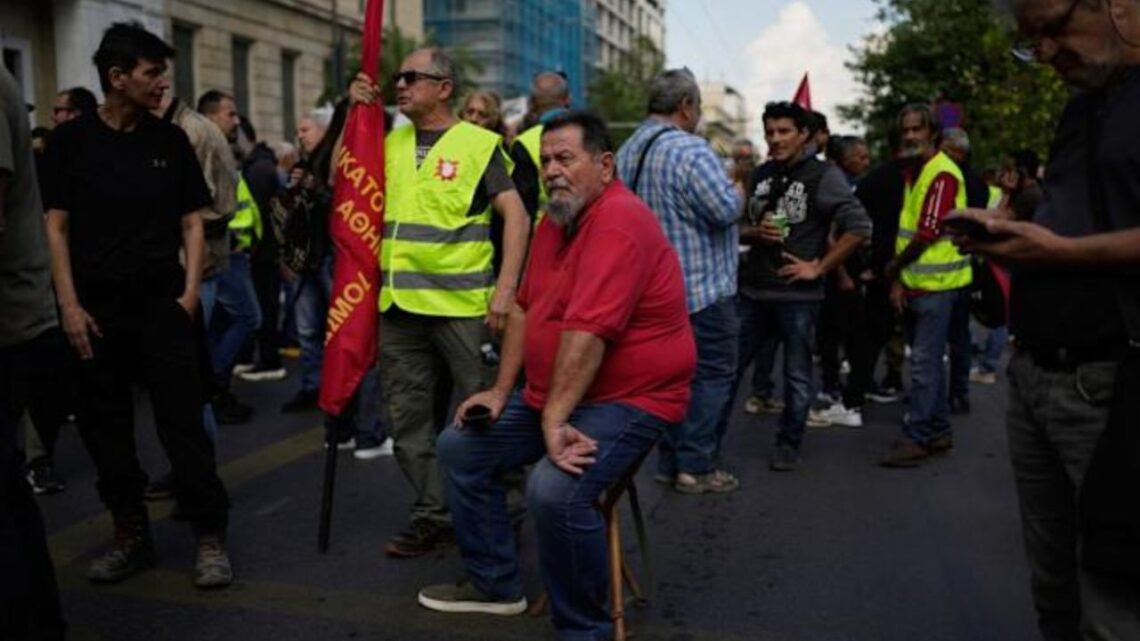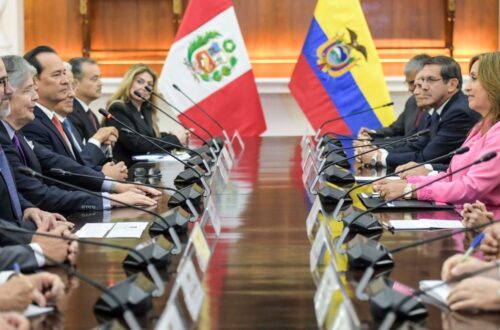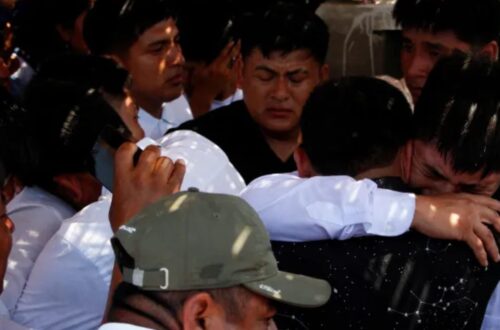A sudden transportation strike began in Lima and Callao on October 9, 2025, starting at 00:00 hours.
It was declared by a faction of transport operators in response to the recent murder of a bus driver and mounting concerns over extortion, violence, and insecurity targeting public transportation workers.
Cities witnessed reduced services, longer queues, and crowds at major bus stops. In reaction, authorities issued a Demonstration Alert signaling possible unrest and urging commuters to adjust plans.
Key Facts
| Detail | Information |
|---|---|
| Date & Time | October 9, 2025, starting at midnight |
| Affected Areas | Lima metropolitan area & Callao |
| Type of Strike | Unplanned engine-shutdown (no formal marches or roadblocks) |
| Reason Cited | Killing of a bus driver, plus pressure from extortion/violence |
| Extent of Participation | Some unions and operators joined; others opted out |
| Immediate Impact | Fewer buses, overcrowded stops, increased wait times |
| Official Response | Demonstration alert, warnings about delays and disruptions |
What Led to the Strike
The strike was triggered by a recent fatal incident: a bus driver was shot dead in one of Lima’s districts. Transport workers cited this as the latest in a series of attacks and extortion attempts that have plagued the sector.
Without adequate protection or assurances from authorities, some operators felt compelled to halt services immediately as a form of protest and to demand stronger safety measures.
While a broader nationwide strike was not universally endorsed, some sector leaders mobilized quickly, issuing calls to suspend operations across key corridors in Lima and Callao.
The notice came without much warning, catching many commuters off guard.
Morning Commute Realities
As dawn broke, bus stops in numerous districts were congested. Commuters faced a dearth of vehicles and long waits.
Even in corridors where some operators still ran, capacity was severely constrained.
The chaotic conditions led to increased tension among passengers, and some reports of fare escalation due to scarcity.
Despite warnings, no large demonstrations or organized blockades were reported in the early hours.
Authorities’ Actions & Public Advisories
Local authorities moved swiftly to issue a Demonstration Alert covering Lima and Callao. The alert warned of unpredictable developments, service interruptions, and urged citizens to:
- Plan for traffic delays
- Avoid large congregations or protest zones
- Stay updated via official communication channels
- Take alternative travel routes or modes where possible
Law enforcement and transport control units were placed on standby, especially near major thoroughfares and transit hubs, to respond to any emergent disruptions.
Broader Implications & Sector Challenges
This strike highlights ongoing vulnerabilities in public transit: operator safety, extortion threats, and weak enforcement of protective measures.
Transport workers argue that without meaningful intervention—such as improved policing, surveillance, and legal protection—interruptions will become more frequent and disruptive to daily life.
Commuters are caught in the crossfire: they rely on public transport to reach work, education, and services.
Repeated disruptions can erode confidence in the system and shift demand toward private alternatives, worsening congestion and environmental impact.
What Commuters Can Do Now
- Leave earlier than usual or travel off-peak where possible
- Use alternate routes or modes (walking, shared rides, bikes)
- Stay informed via local media or official alerts
- Remain vigilant in crowded areas to avoid pickpocketing or safety risks
- Be patient and adaptable, as conditions may shift throughout the day
On October 9,2025, Lima and Callao experienced an unplanned transportation strike motivated by rising insecurity and a fatal attack on a bus driver.
The stoppage has stressed the public transit system, causing delays, crowded terminals, and public anxiety.
With a Demonstration Alert in force, authorities and citizens alike brace for shifting conditions. The root issues—transport worker security, extortion, and system resilience—remain critical.
Until a sustainable resolution is found, commuters must expect uncertainty and plan accordingly.









